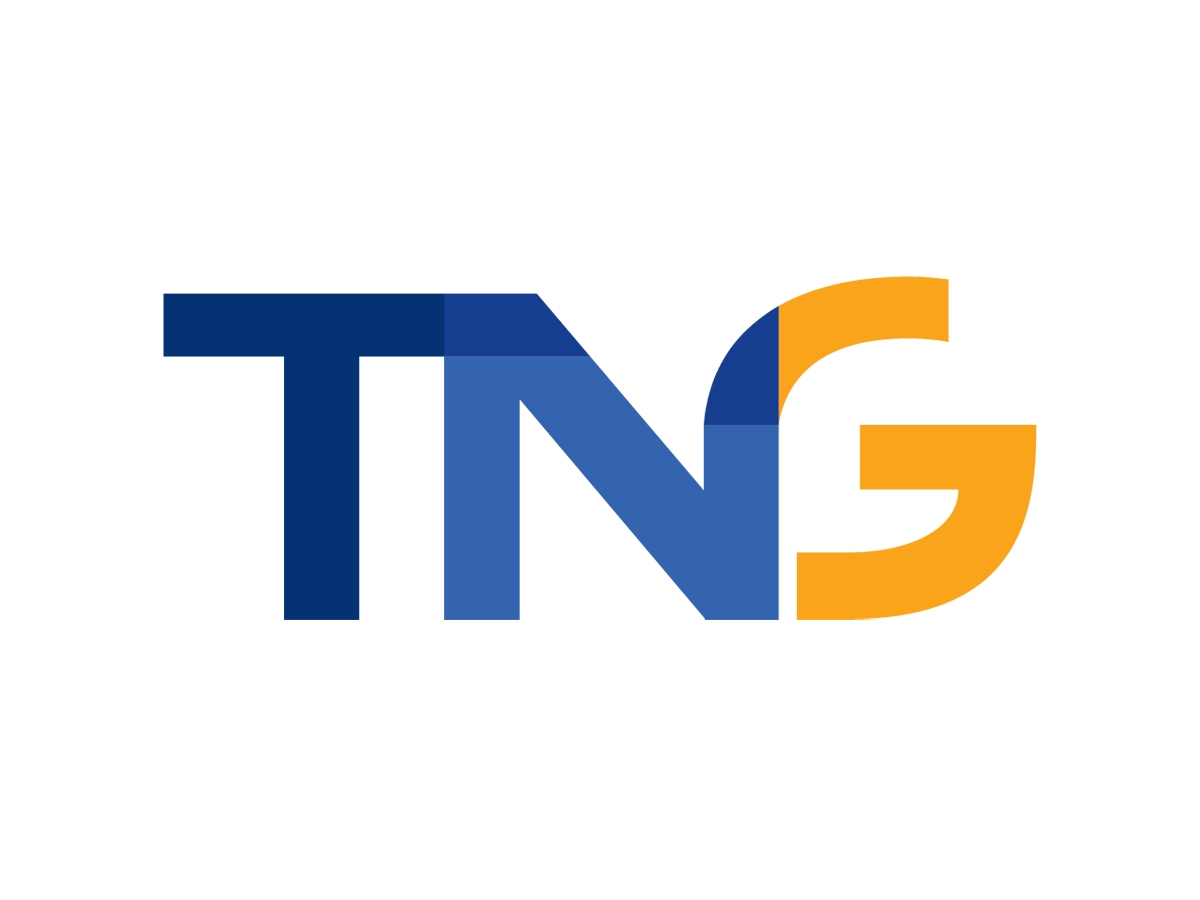In recent years, esports has burgeoned into a billion-dollar industry, capturing public attention. However, with its soaring popularity comes an increased threat of significant harm, particularly for young players. It’s paramount for educators, administrators, and families to understand the potential risks of sexual harassment in esports and establish protective measures to foster an inclusive ambience.
Sexual harassment within esports can manifest as unwanted sexual advances, sexual humor, non-consensual distribution of explicit imagery or content, cyberstalking, and other disturbing behaviors. Moreover, such behavior in chat rooms and live streaming often extends into gaming forums and social media, and can even escalate into real-world stalking, doxing (extracting a gamer’s personal information), or swatting (calling law enforcement to a gamer’s residence).
Sexual harassment within esports is widespread, affecting all genders. Still, according to The Independent, women gamers frequently experience sexual harassment, with female players enduring “aggressive abuse and even explicit threats of rape and murder from male gamers.” Reportedly, “28 percent of female gamers had been sexually harassed by fellow gamers, and 40 percent have been verbally assaulted by gamers during online multiplayer games”. Alarmingly, gamers as young as ten recount receiving threats of rape and death. Also, those with other marginalized identities, such as LGBTQIA students and gamers of color, may face compounded harassment.
Anonymity is integral to enabling players to harass and threaten each other without fear of consequences, as they can hide behind usernames and avatars. To alleviate this issue, transparency in identifying users and stricter community guidelines are required – measures that gaming companies must implement effectively. Various gaming companies have initiated safety measures such as temporary and permanent player bans, in-game language filtration, recording or listening to voice chats, and player behavior ratings. However, it remains uncertain whether these reactive, punitive measures will successfully transform gaming culture into an inclusive and safe space for marginalized groups.
Competitive multiplayer gaming culture can become especially toxic. The Young Gamers and Gamblers (YGAM) Education Trust’s “She Plays, He Says” report suggests, “Extremely competitive games may harbor a more severe level of toxicity.” This includes games like Overwatch, Fortnite, DOTA 2, and League of Legends— the games that K-12 and university institutions often include in their esports leagues.
Esports leagues are attractive extracurricular activities as they enhance teamwork, communication, and problem-solving abilities. Simlar to physical sports, gaming demands quick reflexes, strategic decision-making, strategy, and tactical skills. Reflecting the dynamics of physical sports, an increasing number of higher education institutions are considering establishing esports within their athletics departments. According to the College Gazette, “already 175 U.S. colleges maintain varsity esports programs recognized by the National Association of Collegiate Esports (NACE).”
Even though esports foster community formation and personal accomplishment, they can also pose a risk that educational institutions might underestimate. The sheer ubiquity of harassing behavior in the gaming environment can cultivate a hostile environment that may deter potential competitors and supporters, particularly female gamers, from engaging with esports. Title IX Coordinators need to consider several factors when determining whether problematic behavior culminates in a hostile environment, such as the ages, maturity levels, and relationships of those involved; the detriment to the educational environment; and whether the behavior contributes to other forms of sex-based harassment, like escalating to offline behaviors like stalking or retaliation.
Sexual harassment can have far-reaching impacts on the gaming community, schools, and the broader community. For instance, an online harassment incident might compel a student to consider leaving a campus. Administrators must recognize and respond to the fact that the repercussions of sexual harassment in esports can extend beyond school boundaries. Safety education should be reinforced across multiple touchpoints and in every setting. Here’s what administrators should do:
- Instigate comprehensive digital citizenship training, inclusive of responsible online behavior and bystander intervention.
- Set up clear protocols for reporting and handling harassment incidents.
- Ensure that coaches, especially those responsible for minors, regularly monitor students’ online communities and platforms during school esports sessions.
- Implement unequivocal rules such as mandatory unique gamer tags (usernames) for both school and home use, and hiding IP addresses utilizing a service like a VPN.
Parents and guardians need to be aware of the risks associated with esports participation. Educating themselves about harassment issues and fostering open dialogue with their children can enable their young gamers to resist harassment when they witness or experience it. It’s incumbent on all parents and guardians— regardless of their child’s gender—to supervise online behavior at home, given that preventing and responding to sexual harassment is a priority for all genders and age groups. YGAM’s Safety Controls Checklist can serve as a useful resource for families.
Addressing sexual harassment within esports is of paramount importance. Prior to incorporating gaming as a student activity, schools need to be aware of these risks, just as parents need to understand them before permitting their children to participate, and gamers need to also report problematic behavior in real-time. The esports community should strive to cultivate an environment that champions gender equity, diversity, inclusion, and mutual respect. Only by enhancing our understanding and actively opposing harassment can we catalyze positive change within the industry and improve esports culture.
[View Source.]
